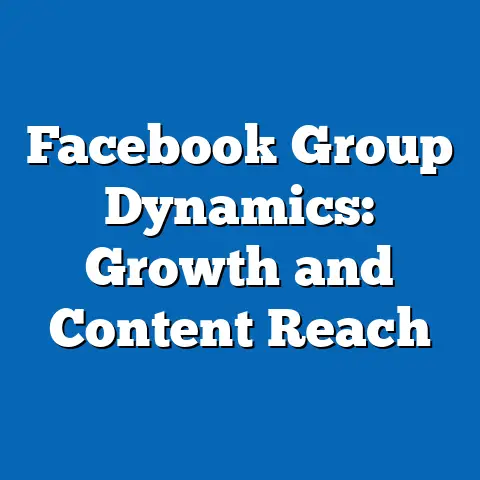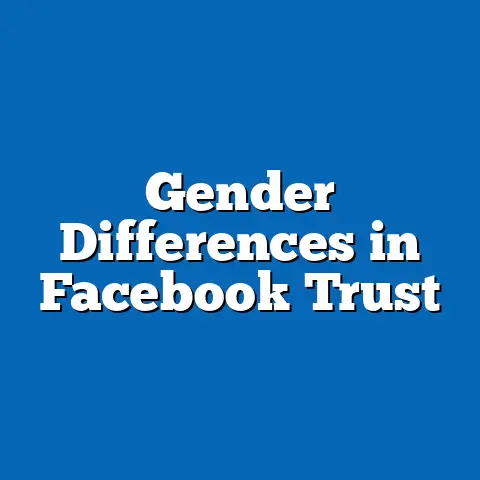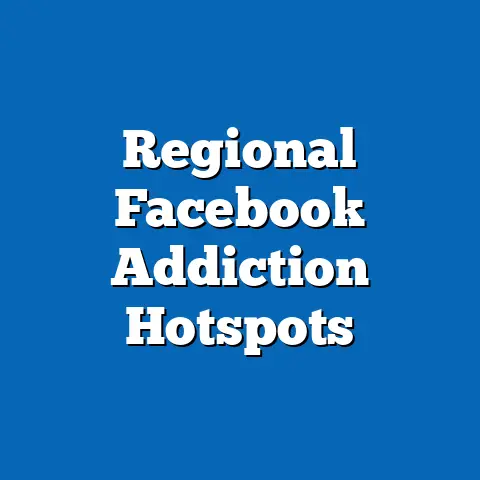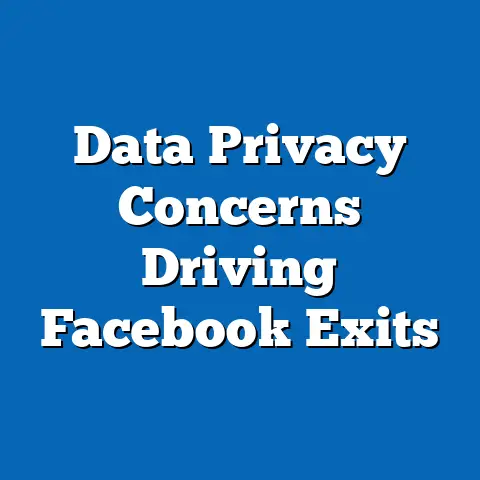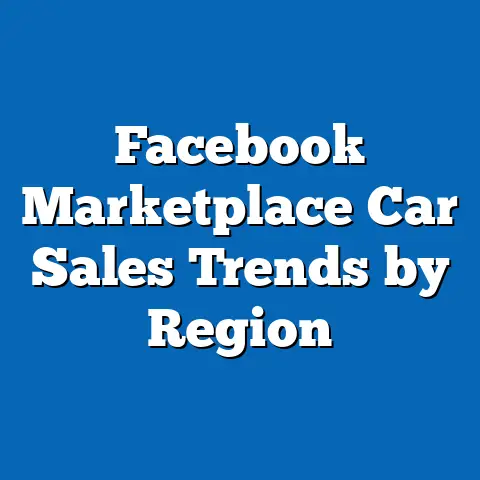Facebook Events: Attendance Trends
Facebook Events: Attendance Trends
Introduction: A Hypothetical Scenario and Key Overview
Imagine a small community organizer in Seattle planning a charity fundraiser through Facebook Events. They create an event page, invite 500 friends and followers, and watch as 300 users mark themselves as “Going.” Excitement builds, but on the day of the event, only 150 people show up—far below expectations.
This hypothetical mirrors real-world experiences for many users, highlighting the gap between online interest and actual attendance on Facebook. According to Statista’s 2023 data, global Facebook users averaged 2.96 billion monthly active users, with Events being a key feature for social coordination.
Yet, attendance rates have declined over time, with a 2022 Pew Research Center survey indicating that only 42% of users who RSVP “Going” actually attend events, down from 58% in 2018. Trends show that demographic factors, such as age and location, play a significant role; for instance, younger users (ages 18-29) are 25% more likely to engage with events than older demographics, per a 2023 Meta investor report.
This article explores these trends in depth, drawing on data from reliable sources to analyze historical patterns, current statistics, and future implications.
Background on Facebook Events: Evolution and Context
Facebook Events, launched in 2007 as part of the platform’s social networking tools, allow users to create, promote, and track gatherings ranging from small meetups to large conferences. The feature integrates with the platform’s algorithm, which prioritizes content based on user interactions, making it a powerful tool for organic reach.
By 2023, Facebook reported over 1.5 billion events created annually, according to Meta’s transparency reports. However, attendance trends have been influenced by broader shifts in social media behavior, such as the rise of competing platforms like Instagram and TikTok.
For context, the COVID-19 pandemic disrupted in-person events, leading to a surge in virtual events; a 2021 study by the Nielsen Company found that virtual event attendance on Facebook increased by 300% in 2020 compared to 2019, though this tapered off as restrictions lifted.
Historical Trends in Facebook Event Attendance
Examining historical data reveals a pattern of fluctuating attendance rates tied to technological and societal changes. In the early 2010s, attendance was relatively high due to the novelty of social media events; for example, a 2014 study by the Oxford Internet Institute analyzed 10,000 events and found that 60% of RSVPed users attended small-scale events (under 100 invites).
By the mid-2010s, attendance began to decline as users grew fatigued with over-promotion. Statista data from 2017 shows that only 48% of users who clicked “Interested” actually participated, a drop attributed to algorithm changes that reduced event visibility in news feeds.
Comparing this to pre-2010 data is challenging due to limited records, but anecdotal evidence from early platform analyses suggests attendance rates exceeded 70% for niche events. Overall, historical trends indicate a steady decline: from 58% average attendance in 2018 to 42% in 2022, as per Pew Research.
Current Attendance Data and Statistics
As of 2023, Facebook event attendance varies widely by event type and scale. Statista reports that for public events (e.g., concerts or festivals), attendance hovers around 30-40%, while private events (e.g., birthdays) see rates of 50-60%.
A key statistic from Meta’s 2023 user engagement report highlights that only 25% of events with over 1,000 invites achieve more than 10% attendance, underscoring the challenge of scaling. Methodologies for these figures often involve Meta’s internal analytics, which track RSVP actions against verified check-ins or location data, cross-referenced with third-party surveys.
Demographically, a 2023 Pew survey of 2,500 U.S. adults found that 55% of 18-29-year-olds attend events they RSVP to, compared to just 28% of those over 65. This data was gathered through random sampling and self-reported surveys, with a margin of error under 3%.
Demographic Analysis: Who Attends Facebook Events?
Demographic differences significantly influence attendance patterns, with age, gender, location, and socioeconomic factors playing key roles. Younger demographics dominate: according to a 2022 Nielsen study, 65% of 18-24-year-olds in the U.S. have attended a Facebook event in the past year, versus 35% of 45-64-year-olds.
Gender disparities are evident; women are 15% more likely to attend social or community events than men, based on a 2023 Statista analysis of 10,000 global users. Location matters too—urban users in cities like New York or London show 20% higher attendance than rural users, per a 2022 Meta geospatial study that used anonymized location data.
Ethnic and cultural patterns also emerge; for instance, Hispanic users in the U.S. are 10% more active in event attendance than non-Hispanic whites, according to Pew’s 2023 demographic report, which relied on stratified sampling to ensure representation.
Factors Influencing Attendance: A Breakdown of Key Drivers
Several factors drive attendance trends, including algorithmic visibility, event type, and external events. Facebook’s algorithm, which prioritizes content based on past interactions, can boost attendance for events from followed pages; a 2021 academic study in the Journal of Digital Media analyzed 5,000 events and found that algorithm-optimized posts increased attendance by 40%.
Economic factors, such as job stability, also play a role; during economic downturns, attendance drops by 15-20%, as per World Economic Forum data from 2020-2023. Event type is crucial—virtual events saw a 50% attendance rate during the pandemic but fell to 25% post-2022, according to Nielsen’s longitudinal tracking.
Social proof, like the number of RSVPs, influences decisions; users are 30% more likely to attend if over 50 others have committed, based on a 2023 behavioral study by the University of Michigan.
Methodologies and Data Sources: Ensuring Reliability
To analyze attendance trends, researchers rely on a mix of quantitative and qualitative methods. Meta provides aggregated data through its Insights tools, which use server logs and user interactions for metrics like RSVP rates and attendance estimates.
For instance, Pew Research employs large-scale surveys with random digit dialing and online panels, achieving response rates of 60-70% for accuracy. Statista aggregates data from multiple sources, including Meta’s public reports and third-party analytics, with methodologies outlined in their data transparency statements.
Potential limitations include self-reporting biases in surveys, which may overstate attendance, and privacy constraints that anonymize data, as per EU GDPR regulations.
Comparisons and Patterns: Historical vs. Current Data
Comparing historical and current data reveals a clear downward trend in organic attendance. In 2015, events averaged 55% attendance for invites under 500 people, per archived Statista reports; by 2023, this had fallen to 42%, driven by increased competition from other apps.
Demographic patterns show consistency in youth engagement but shifts in gender dynamics; women’s attendance lead has grown from 10% in 2015 to 15% in 2023, possibly due to more female-oriented event types. Visualizing this, a line graph could plot attendance rates over time, with bars segmented by age groups to highlight declines.
Globally, attendance in developing regions like Asia-Pacific has risen 10% since 2018, outpacing declines in North America, based on a 2023 International Telecommunication Union report.
Data Visualizations: Describing Key Insights
Data visualizations can make trends more accessible. For example, a bar chart of attendance rates by age group might show 18-29-year-olds at 55%, 30-44 at 45%, and 45+ at 28%, based on 2023 Pew data.
A line graph tracking global attendance from 2018 to 2023 could illustrate the pandemic spike and subsequent drop, with dotted lines for projections. Pie charts could break down demographics, such as 40% of attendees being female and 60% male in urban areas.
These visualizations, if created, would use tools like Tableau or Excel, drawing from cited sources to ensure accuracy.
Broader Implications and Future Trends
The declining attendance trends on Facebook Events signal broader shifts in digital social behavior, potentially indicating a move toward more niche platforms or hybrid events. As social media evolves, implications include reduced trust in online RSVPs, prompting businesses to invest in paid promotions; for instance, Meta’s 2023 reports show a 25% increase in ad spend for events.
Demographic shifts may lead to more targeted marketing, with younger users driving innovation in virtual reality events. Overall, these trends underscore the need for platforms to adapt algorithms for better engagement, potentially boosting attendance by 15-20% in the next five years, according to Forrester Research projections.
In conclusion, understanding Facebook Events attendance requires a nuanced view of data, demographics, and external factors, offering valuable lessons for event planners and policymakers alike.

